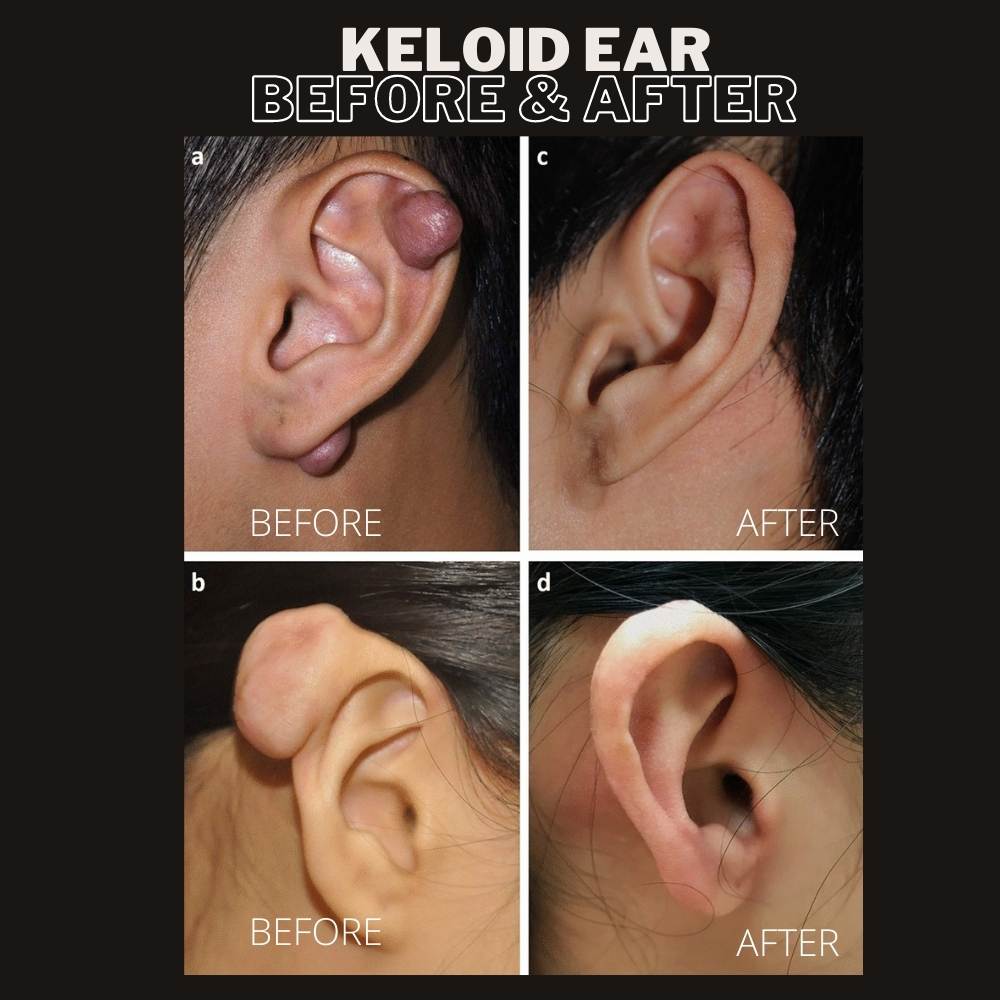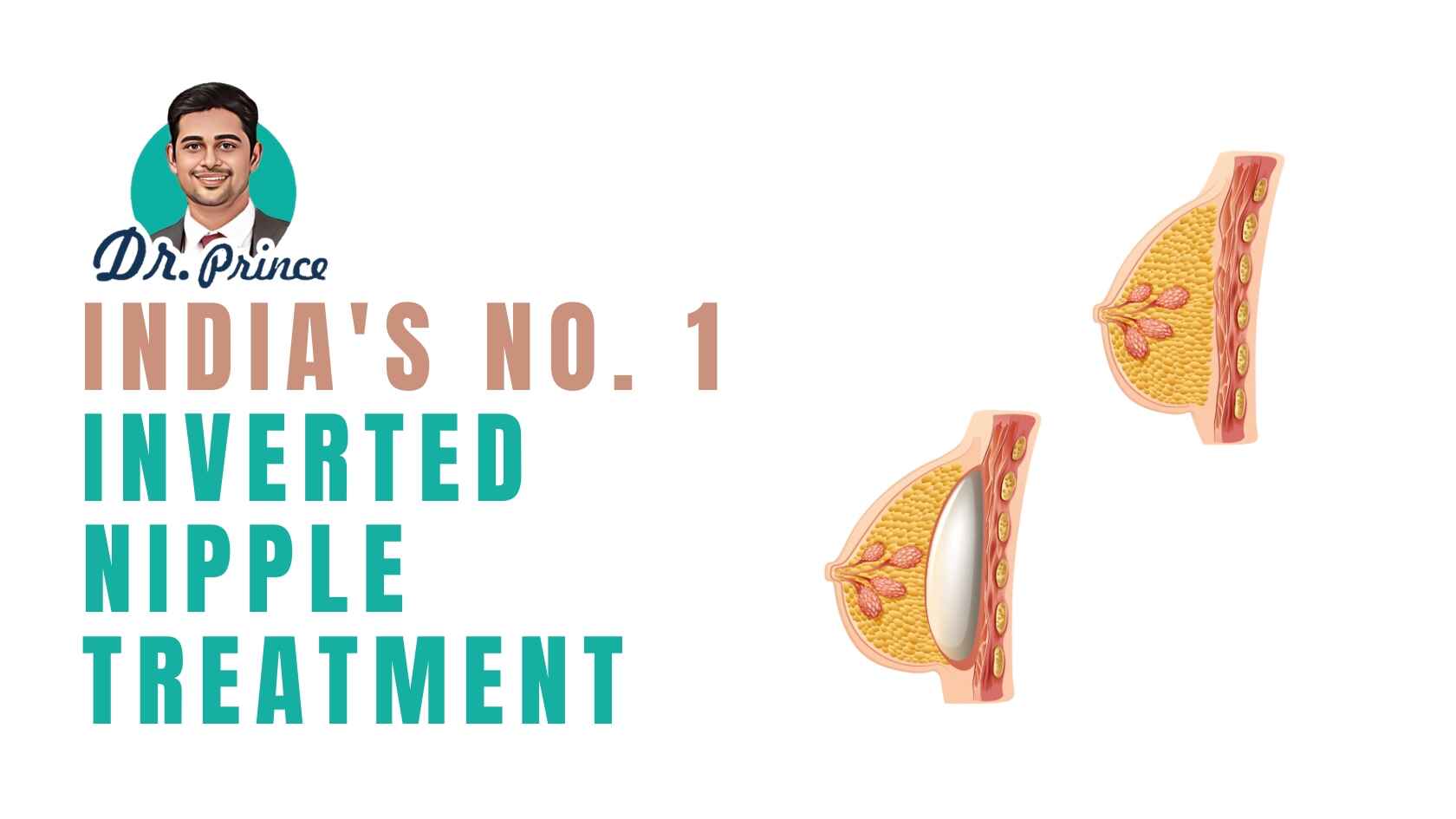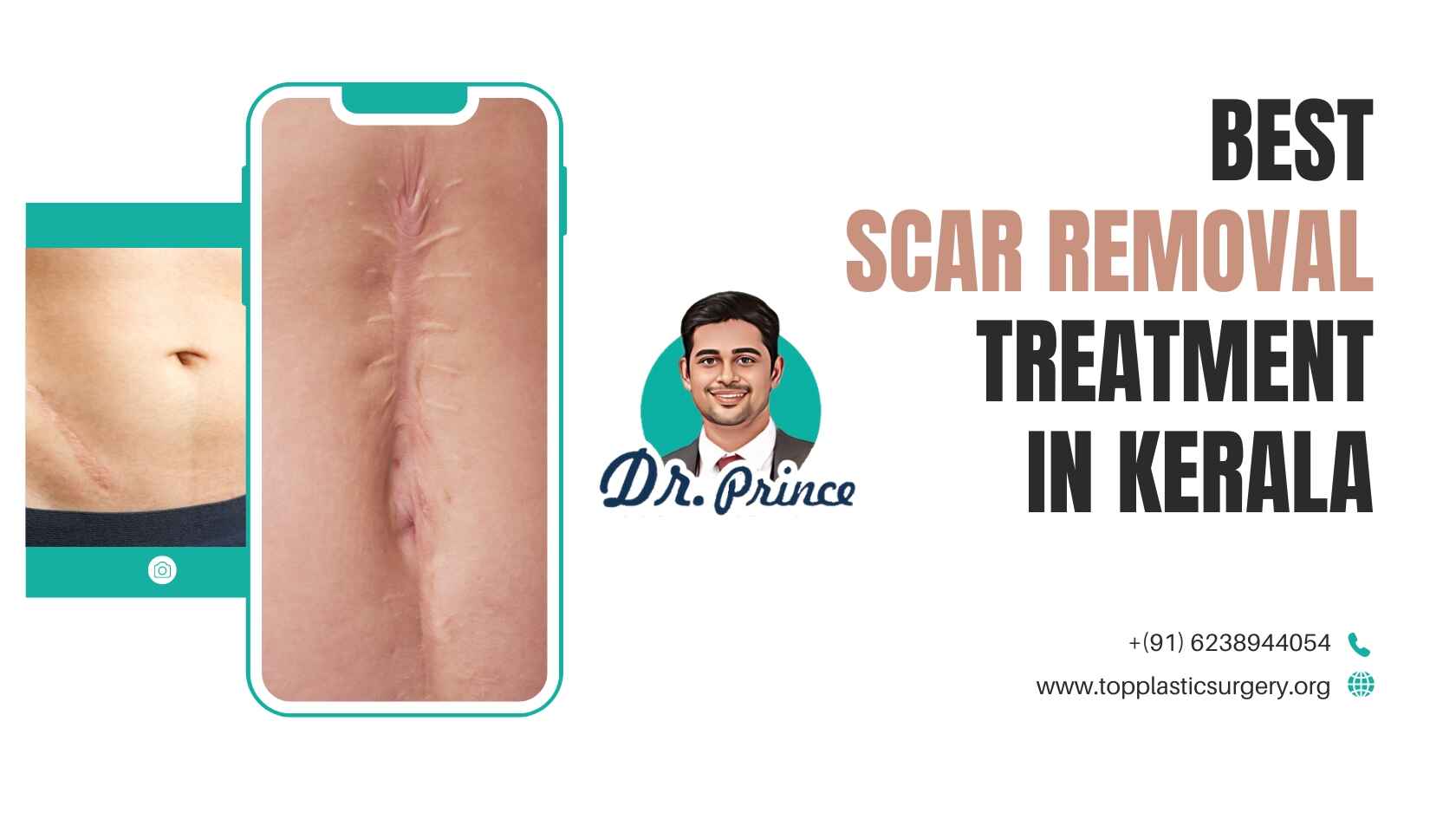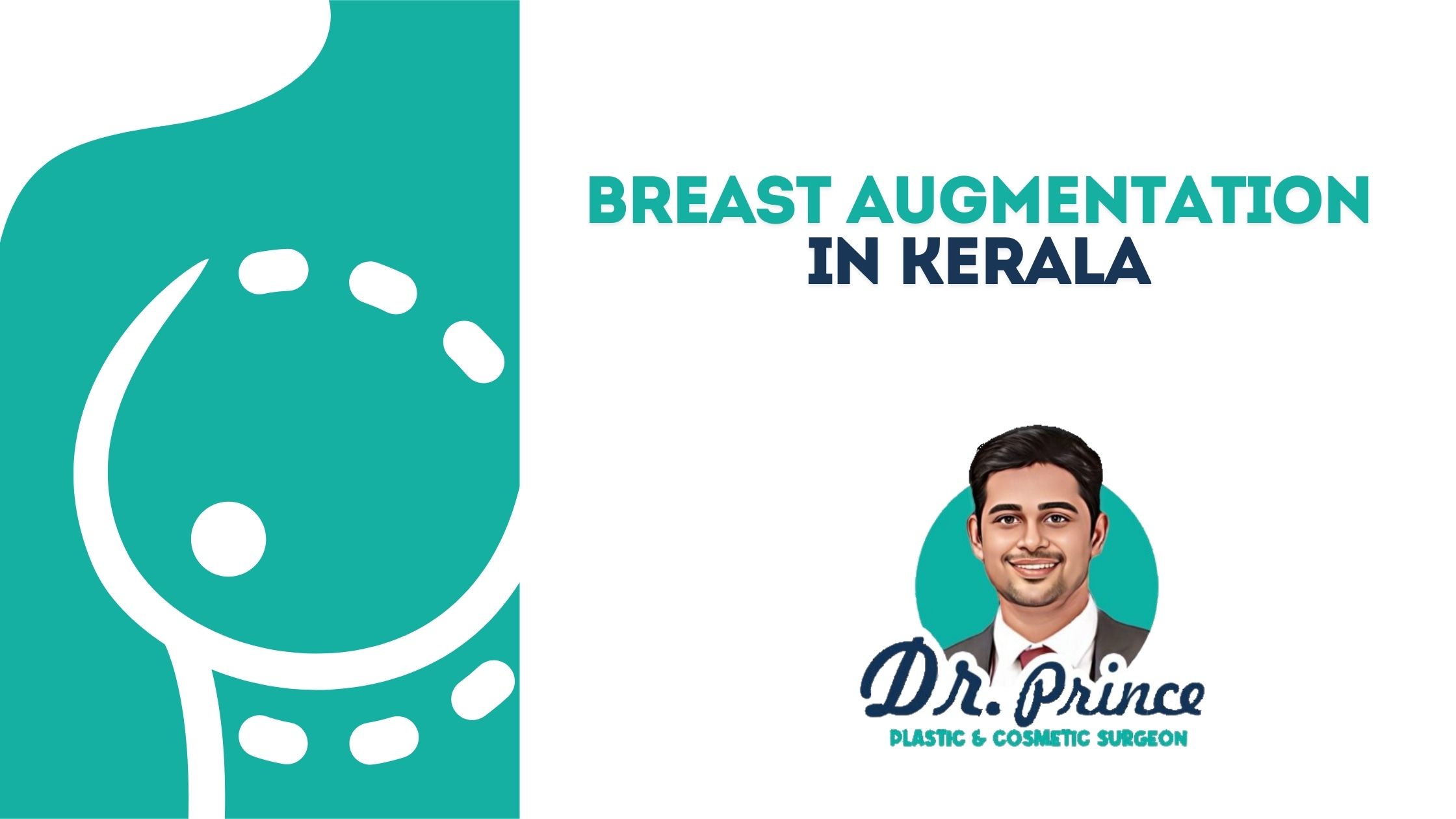KELOID EAR REMOVAL | EAR PIERCING KELOID TREATMENT| KERALA

What are keloids?
Keloids are overgrowths of scar tissue caused by trauma to your skin. They’re common after ear piercings and can form on both the lobe and cartilage of your ear. Keloids can range in color from light pink to dark brown.
Keloids from piercings
Getting your ears pierced might not feel like a serious injury, but that’s sometimes how your body sees it.
As wounds heal, fibrous scar tissue starts to replace old skin tissue. Sometimes your body makes too much scar tissue, leading to keloids. This extra tissue starts to spread out from the original wound, causing a bump or small mass that’s larger than the original piercing.
On the ear, keloids typically begin as small round bumps around the piercing site. Sometimes they develop quickly, but usually they appear several months after you pierce your ear. Your keloid may continue growing slowly for the next few months.
How are they removed?
Keloids are particularly hard to get rid of. Even when they’re successfully removed, they tend to reappear eventually. Most dermatologists recommend a combination of different treatments for long-lasting results.
Surgical removal
Your doctor can surgically remove a keloid from your ear using a scalpel. However, this creates a new wound that will likely develop a keloid as well. When treated with surgery alone, keloids usually come back. That’s why Dr Prince typically recommend other treatments, in addition to surgery, that prevent the keloid from coming back.
Pressure earrings
If you have surgery to remove an ear keloid, your doctor may recommend wearing a pressure earring after the procedure. These are earrings that place uniform pressure on part of your ear, which can help prevent a keloid from forming after surgery.
However, pressure earrings are also very uncomfortable for most people, and they need to be worn for 16 hours a day for 6 to 12 months.








